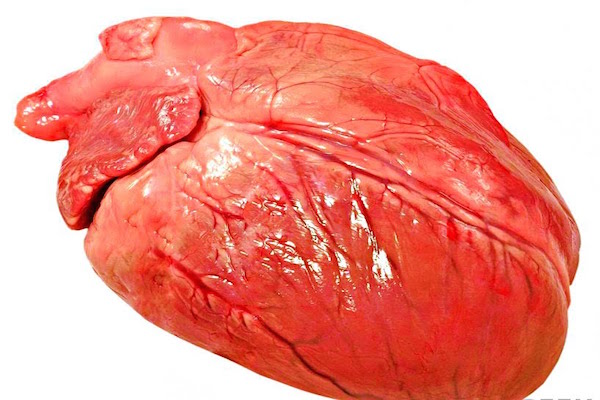Mouse model for myocardial injury caused by ischemia
Keywords:
Cardiovascular disease, Coronary arteries, Ischemia, Myocardial infarction, Myocardial injuryAbstract
Mouse model is one of the most useful tools to understand disease’s mechanism as well as evaluate treatment’s efficiency of the disease by novel therapies. To create a mouse model for myocardial injury for cell therapeutic studies, an occluding suture of the left coronary artery in mice was made with sewing thread Prolene 7-0. That left anterior descending artery (LAD) closing caused infarction leading to ischemia and death of cells after that. The animals were then monitored survival ratio, body weight, blood pressure and analyzed Histopathology using Hematoxylin and Eosin (H&E) stain, Trichrome stain, and Immunohistochemistry (IHC) stain to evaluate the injuries of myocardium. The results showed that six weeks after narrowing the left coronary artery, the survival percentage of the experimental group was 77% (survival 17/22), body weight and blood pressure of the experimental group (n=17) tended to decrease comparing to the control group (n=10) or heart function of the experimental group was weakening. Supporting for that results, Histopathology assessments were also showed that the damages and the death of myocardium in the experiment group. H&E stain gave the presentation that heart septum of the experimental group was thinner than the control group. Collagen formation was also observed in the experimental group by Trichrome stain results. In addition, IHC stain also indicated that the Annexin-V (death cell marker) was expressed much stronger than those of the control group. In conclusion, the mouse model for myocardial injury caused by ischemia has been created successfully by LAD ligation.

Downloads
Published
Issue
Section
License
Copyright The Author(s) 2017. This article is published with open access by BioMedPress. This article is distributed under the terms of the Creative Commons Attribution License (CC-BY 4.0) which permits any use, distribution, and reproduction in any medium, provided the original author(s) and the source are credited.
